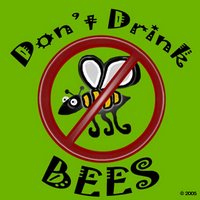The difference between Fact and Opinion is tested on the state-wide tests in North Carolina. I prepared using sample tests and worksheets, but my class seemed to enjoy the following Fact and Opinion activity the most.
I cut up strips of colorful paper and handed 4 strips to each student. They were asked to write facts on 2 of the strips and opinions on the other 2 strips. The only rule was that the facts and opinions could not be about any people in the school.
When students were finished, I collected the strips. I explained that facts could be verified somewhere; they could be looked up somewhere or tested. Opinions were a personal view that couldn't be checked anywhere.
Then I read the strips of paper out loud one by one. As a class, we decided if they were facts or opinions. We discussed if a person could check the statement and how he or she might check it.
Before class, I had divided a bulletin board into 2 parts. One side was labeled "Facts." The other side was labeled "Opinions." Once the class determined if a statement was a fact or an opinion, I stapled that strip of paper to the appropriate side of the board.
Each class, throughout the day, added to the bulletin board. (I covered the board--or removed the statements--at the end of each class period, so the next class wouldn't be influenced by what was already there when beginning the exercise.) At the end of the day, we had a colorfully decorated bulletin board, a constant reminder of the difference between fact and opinion--which the students were invested in, because they had contributed to the display.
On following days, my kids would read over many of the statements at the beginning of class, pointing out which ones they had written, which opinions they agreed with, which ones they thought their friends might have written. A nice reinforcement initiated by my students on their own.

